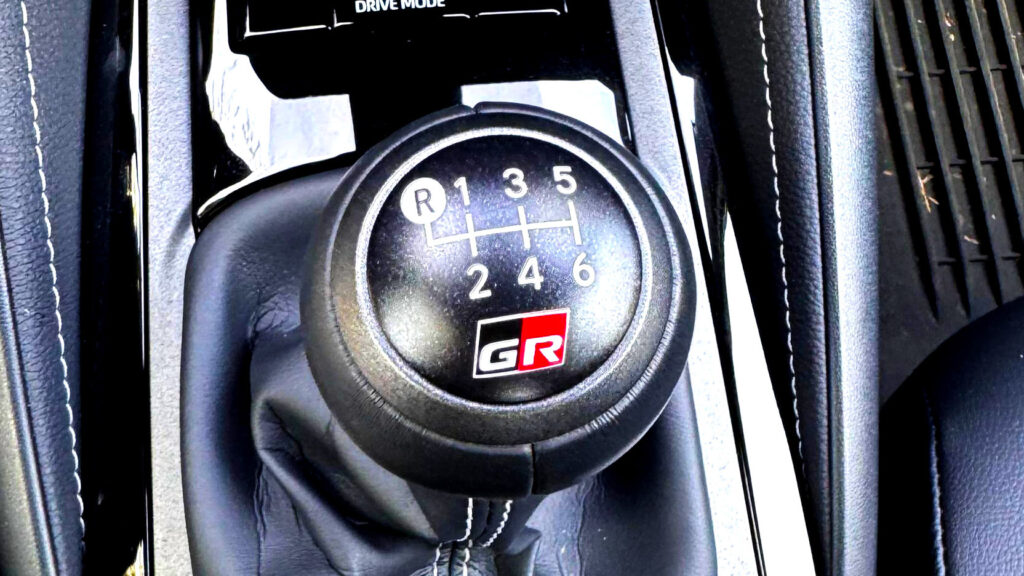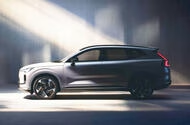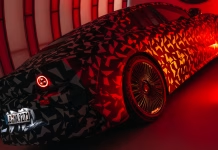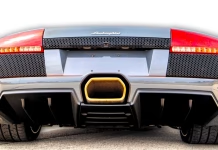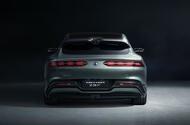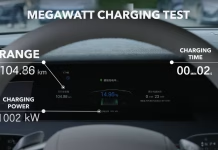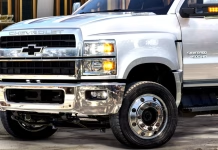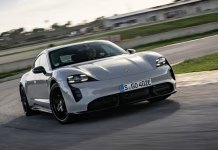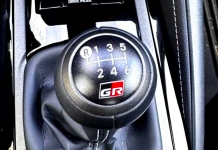AMG’s V8 Revival: A Future Beyond Electrification

Volvo Revives XC70: A Long-Range Hybrid SUV for the Future

New XC70 sits between XC60 and XC90 but uses a new REx-oriented platformNew Volvo SUV is designed primarily for the Chinese market but a global launch is under consideration
Volvo is reviving the XC70 name for a new long-range plug-in hybrid SUV for the Chinese market.
The company's first "extended-range plug-in hybrid" has been previewed for the first time today ahead of a reveal in the coming months and a launch later this year.
Volvo says the new XC70 is designed specifically "to meet the demand for longer-range plug-in hybrids in China" but also says it will explore "potential additional markets at a later stage".
Technical details remain sparse, but Volvo has promised a pure-electric range of up to 124 miles, which is more than double what the similarly sized Volvo XC60 PHEV can achieve.
The XC70 is described as slightly larger than the XC60 and looks essentially like a downscaled XC90, but rather than being a close technical relation of that car, it is based on a new architecture designed specifically for range-extended electric vehicles (REXs).
The Scalable Modular Architecture, or SMA, is said to be "a premium extended-range plug-in hybrid architecture", but no details of its relationship to Volvo's other platforms – or indeed those from the wider Geely group, of which Volvo is a part – have been given.
Geely-owned sibling company Lotus is also investing in extended-range hybrids over the coming years in response to lower than anticipated demand for pure-electric luxury cars, and Coventry-based LEVC (also owned by Geely) has been using an REx powertrain in its Volvo-engined TX taxi since 2017. However, while those two firms are using combustion engines as a generator to top up a traction battery, Volvo's new XC70 is a more conventional plug-in hybrid.
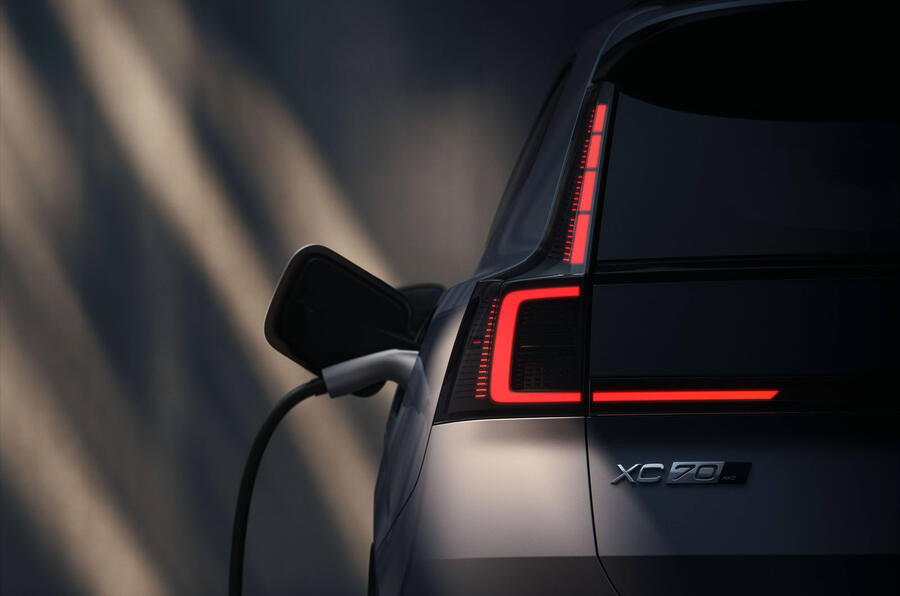
Nonetheless, the XC70 will help the firm cater to huge demand for extended-range hybrids in China, and its announcement follows the recent unveiling of the new China-oriented Volkswagen ID Era range-extender concept at the Shanghai motor show.
That car – similar in size to the XC70 – has been engineered in partnership with MG owner SAIC to target the burgeoning market for RExs in China, with companies like Li Auto, Leapmotor and Avatr among the biggest players.
However, like Volvo, Volkswagen's sales and marketing boss told Autocar that a global launch was not off the table: "Range-extenders today are already a very big thing in China. They will be of relevance in North America and we are convinced they will also have relevance in Europe."
Volvo CEO Håkan Samuelsson said long-range hybrid technology provides "a perfect bridge to full electrification" amid a slowing of demand for pure-EVs.
"It enables us to maintain and develop a balanced product portfolio, while offering a highly attractive alternative to customers who are not yet ready for fully electric cars. This is also an example of regionalisation, where we adapt to the local market needs," he said.
The XC70 has an especially important role to play for Volvo as the company embarks on a wide-reaching global cost-cutting drive in response to industry "turbulence" and a "challenging external environment".
Even amid that turbulence, Volvo said it "remains firm on its ambition of becoming a fully electric car company", but just a fifth of its sales in the first quarter of 2025 were electric, and it said "premium plug-in hybrids provide a pragmatic bridge for customers not yet ready to switch".
The XC70 name has been dormant since 2016, when the off-road version of the third-generation V70 estate was taken off sale. It was originally called the V70 XC, with 'XC' standing for 'Cross Country'.
Presidential Elegance: Discover the Unique DS N°8 Designed for France’s Leader

Unveiling AMG’s Stunning New Performance EV: A 1000-HP Marvel in Disguise
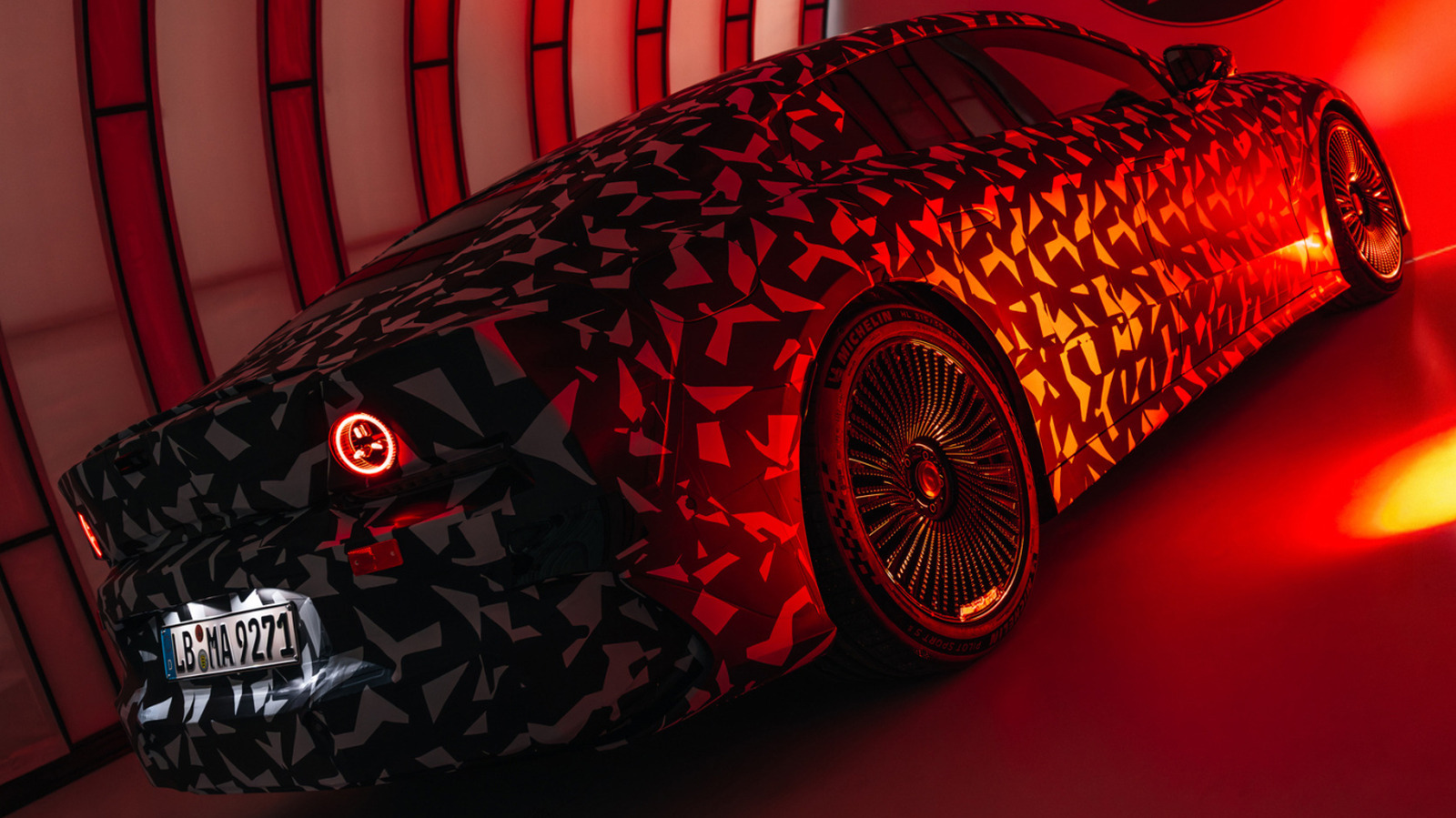
Unveiling the Rarest Lamborghini: The Elusive Murcielago LP650-4 Roadster
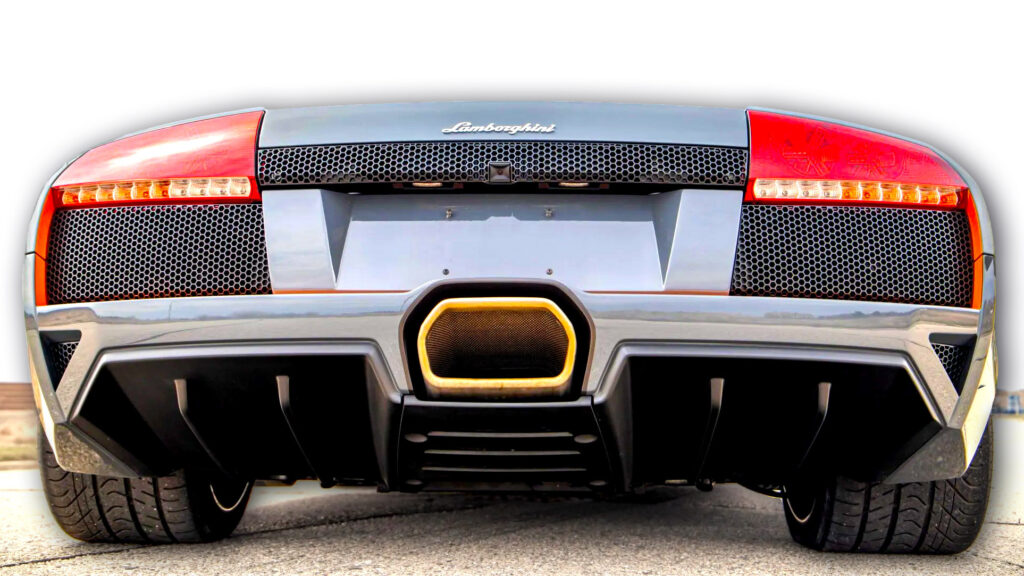
New Car Brands Set to Transform the UK Market in 2024
 Confused by all the new cars coming to the UK? Let Autocar guide you through the who, what, where and when
Confused by all the new cars coming to the UK? Let Autocar guide you through the who, what, where and when
If you’re a regular Autocar reader, you’ve probably clocked the growing parade of new car brands eyeing up the UK.
Two big forces are behind this surge: the meteoric rise of China’s car industry and a shift in what buyers care about.
In 2024 alone, China sold 23.5 million new cars - making it the largest car market on the planet. It was only a matter of time before Chinese car manufacturers set their sights on the UK.
Some of Europe’s legacy brands are still gearing up for the 2035 ban on new petrol and diesel cars, but China has been deep into the electric car game for years. And the results are starting to speak for themselves. Some of the new Chinese EVs now rival the best Europe can offer, something that would’ve been unthinkable a decade ago.
Just look at Tesla. It proved that a strong EV game can take a brand from startup to global heavyweight. Case in point: the Tesla Model Y was the UK’s best-selling EV in 2024.
What’s coming next? Keep scrolling - the next wave of cars is coming fast.
Denza
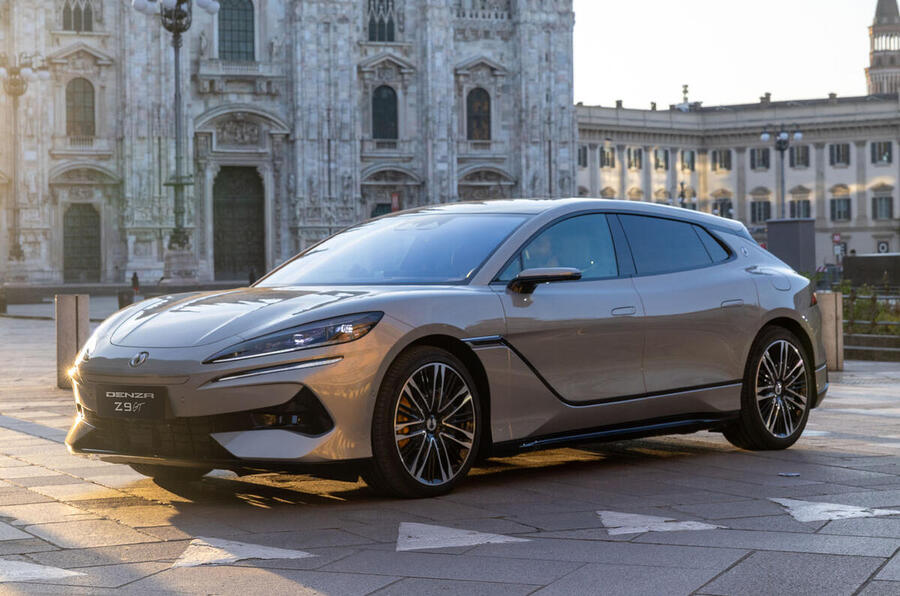
Nationality: Chinese
Parent company: BYD
Denza has been around since 2010 and today finds itself marketed as a premium sibling brand of global giant BYD.
It was originally a joint venture with the parent company of Mercedes-Benz but is now entirely BYD-controlled.
Its first car bound for Europe, the Z9 GT (pictured), is a shooting brake that comes as a 925bhp EV or an 858bhp PHEV.
This will be followed by a seven-seat MPV called the D9 shortly after.
An official timeline is yet to be set, but Denza will likely come to the UK at the end of this year or in early 2026.
Firefly
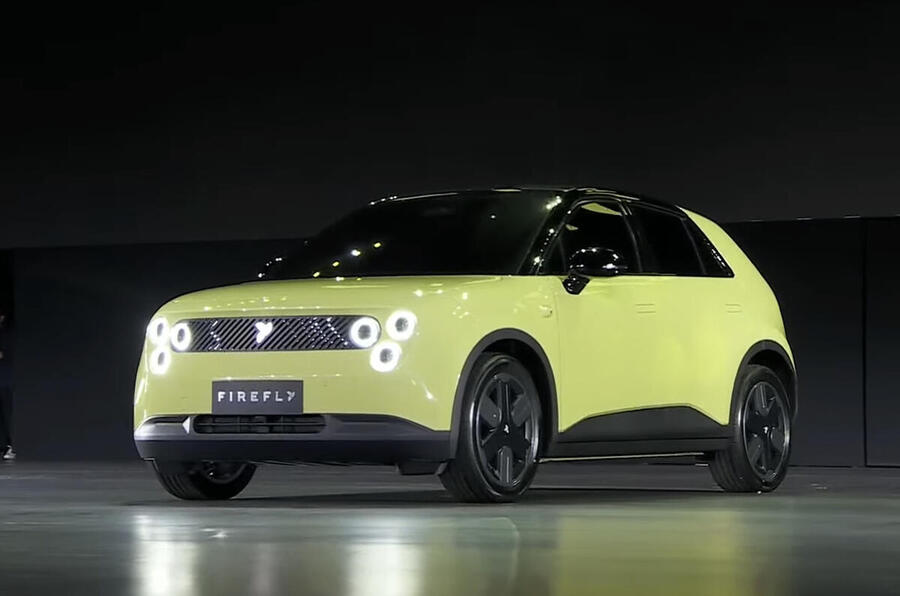
Nationality: Chinese
Parent company: Nio
Firefly is Chinese EV specialist Nio’s new budget offering.
Its first car for the UK will be a Renault 5 rival that's priced from as little as £16,000 in China.
The supermini will almost definitely cost more here but could still be one of the cheapest electric cars on the market.
Technical specifications (and therefore power and range) are still to be confirmed, but it's thought the brand may use Nio's swappable battery packs.
GAC
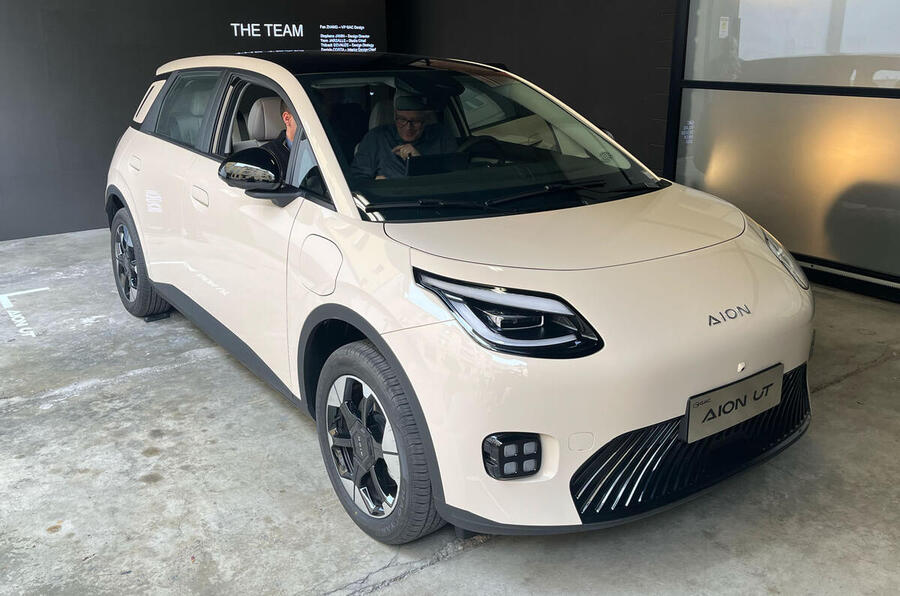
Nationality: Chinese
Parent company: Guangzhou Automobile Industry Group
GAC is perhaps one of the largest car makers you've never heard of.
It's a joint-venture partner of Honda and Toyota owned by the Chinese state, and it's coming to the UK "very soon" according to COO Thomas Schemera.
The first cars coming to the UK will be the Aion UT (pictured), a hatchback billed as China's Mini but which is in fact Volkswagen ID 3 sized, and the Aion V crossover, a Model Y rival.
Lepas
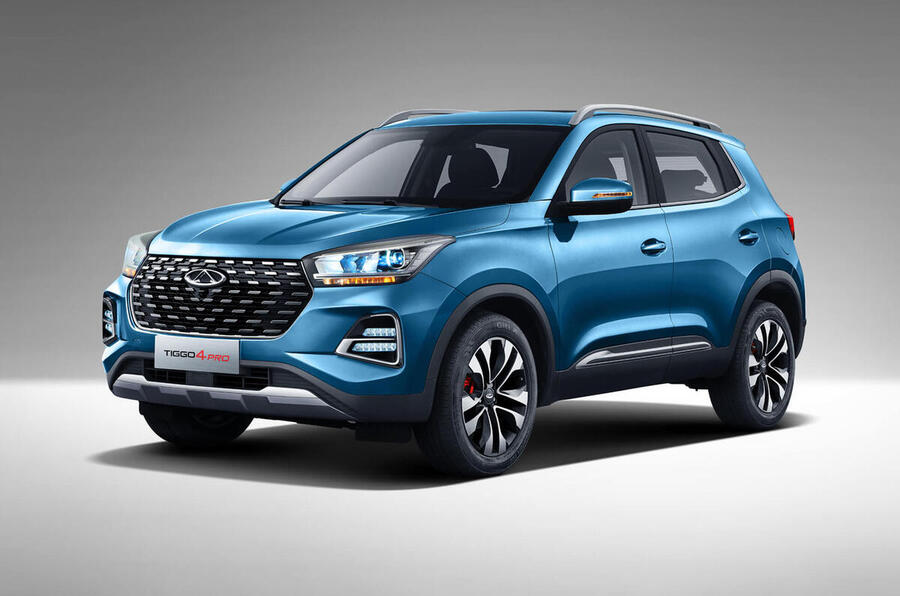
Nationality: Chinese
Parent company: Chery
Jaecoo and Omoda parent Chery is gearing up to launch its third brand in the UK.
The Dacia Duster rivalling Tiggo 4 Pro will likely be redbadged as a Lepas and is set to come to the UK this year.
It’s already sold in right-hand drive markets such as South Africa and Australia and in the latter it’s sold for the equivalent of £13,000. But don’t expect it to be so cheap once it arrives in the UK.
Jaecoo and Omoda’s focus is large, premium-ish SUVs, whereas Lepas will be positioned more towards the value end of the market.
Mobilize
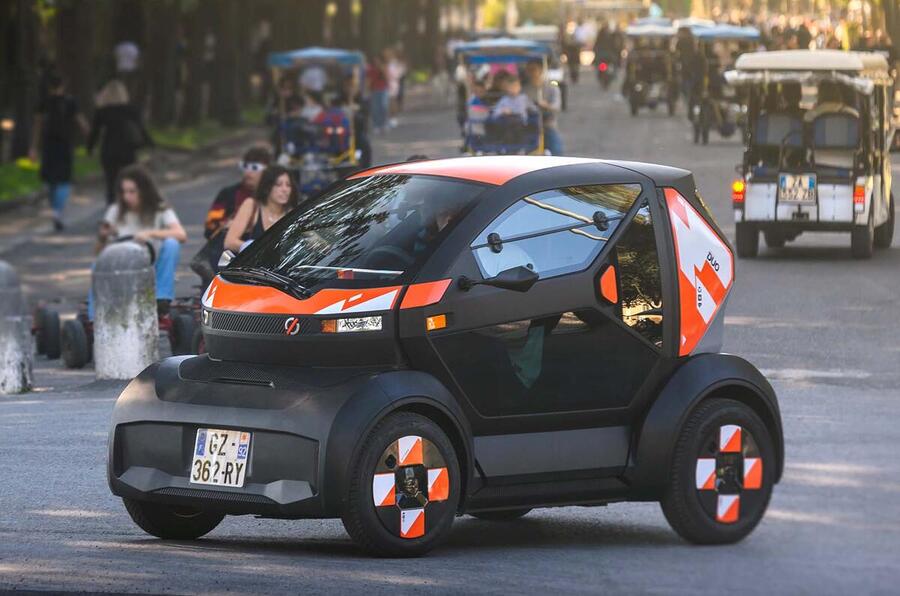
Nationality: French
Parent company: Renault Group
Renault’s new urban mobility brand is entering the ‘sub-A-segment’ to take on the likes of the Citroën Ami and Micro Microlino electric quadricycles.
The Mobilize Duo (pictured) is very Twizy-like; it would be fair to describe it as the little Renault's spiritual successor.
Mind you, it has airbags and the big-battery version is apparently good for 100 miles.
A van version, called the Bento, trades the single rear seat for more boot space.
Onvo
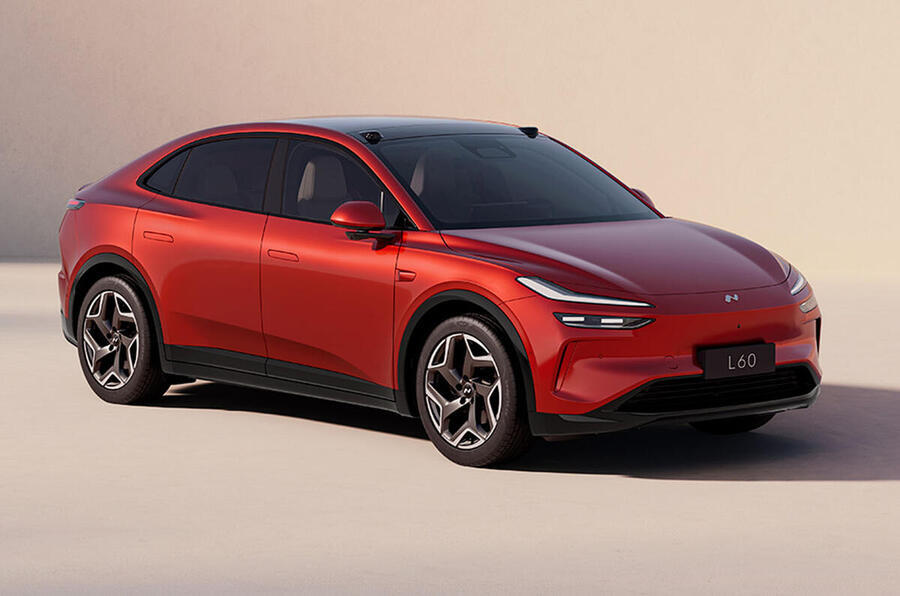
Nationality: Chinese
Parent company: Nio
Onvo was only founded in 2024 but is already pitching itself as a Tesla and Polestar rival.
The Nio-owned company is coming to the UK before the EU because of our lack of import tariffs on Chinese-built EVs.
The L60 will be the first car to hit the UK. Onvo describes it as the most aerodynamically efficient SUV on the market.
It will likely be available with three BYD-supplied battery packs, the largest of which will offer a 620-mile range, according to China’s generous CLTC test cycle.
Yangwang
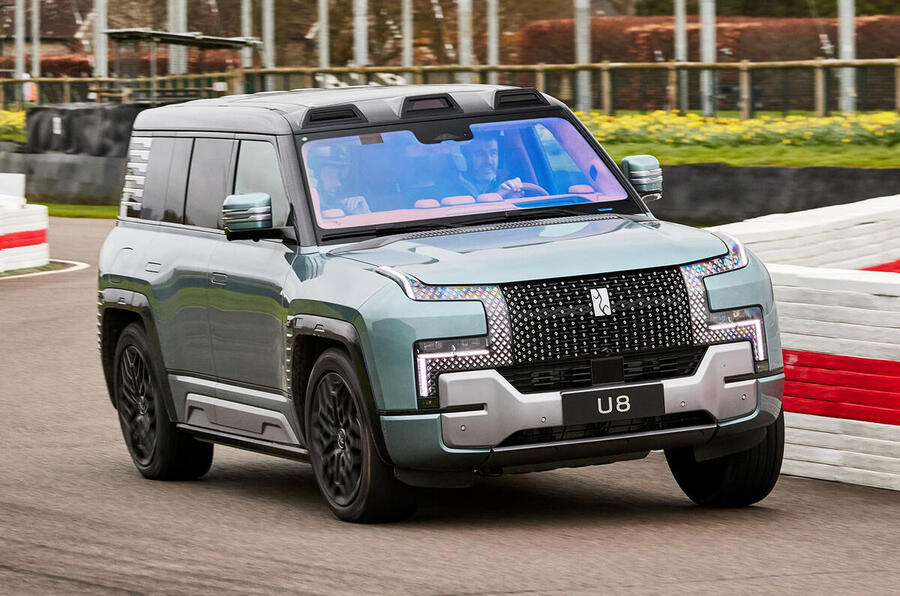
Nationality: Chinese
Parent company: BYD
This brand sounds like it’s lifted from a Mitchell and Webb sketch, but its first car heading to the UK is butcher than Terry Butcher.
It’s another prestige brand of BYD, and its largest car, the gargantuan Yangwang U8 SUV, should be en route later this year.
The off-roader can turn on a sixpence thanks to quad motors, can float in water for up to 30 minutes, makes 1180bhp and has a kerb weight of nearly 3500kg.
Oh, and it’s not even an EV but a range-extender with four motors, a 49kWh battery and a 2.0-litre turbocharged petrol engine working as a generator.
Charge in a Flash: BYD’s 250-Mile Boost in Just 5 Minutes
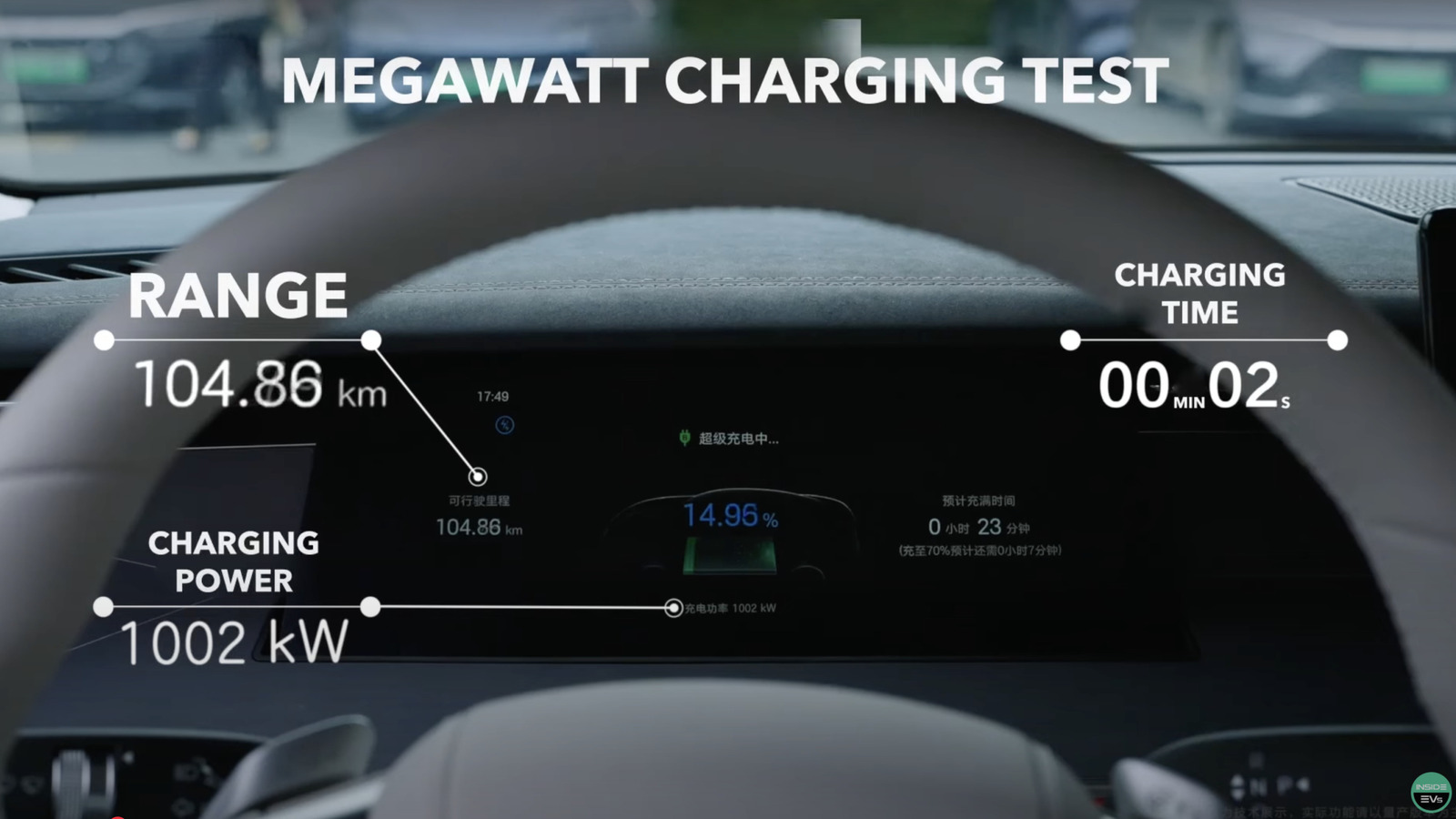
Missing Millions: St. Louis Impound Lot Loses 568 Vehicles and $86,000 in Cash

Elevate Your Ride: Finding the Perfect Car Without Breaking the Bank
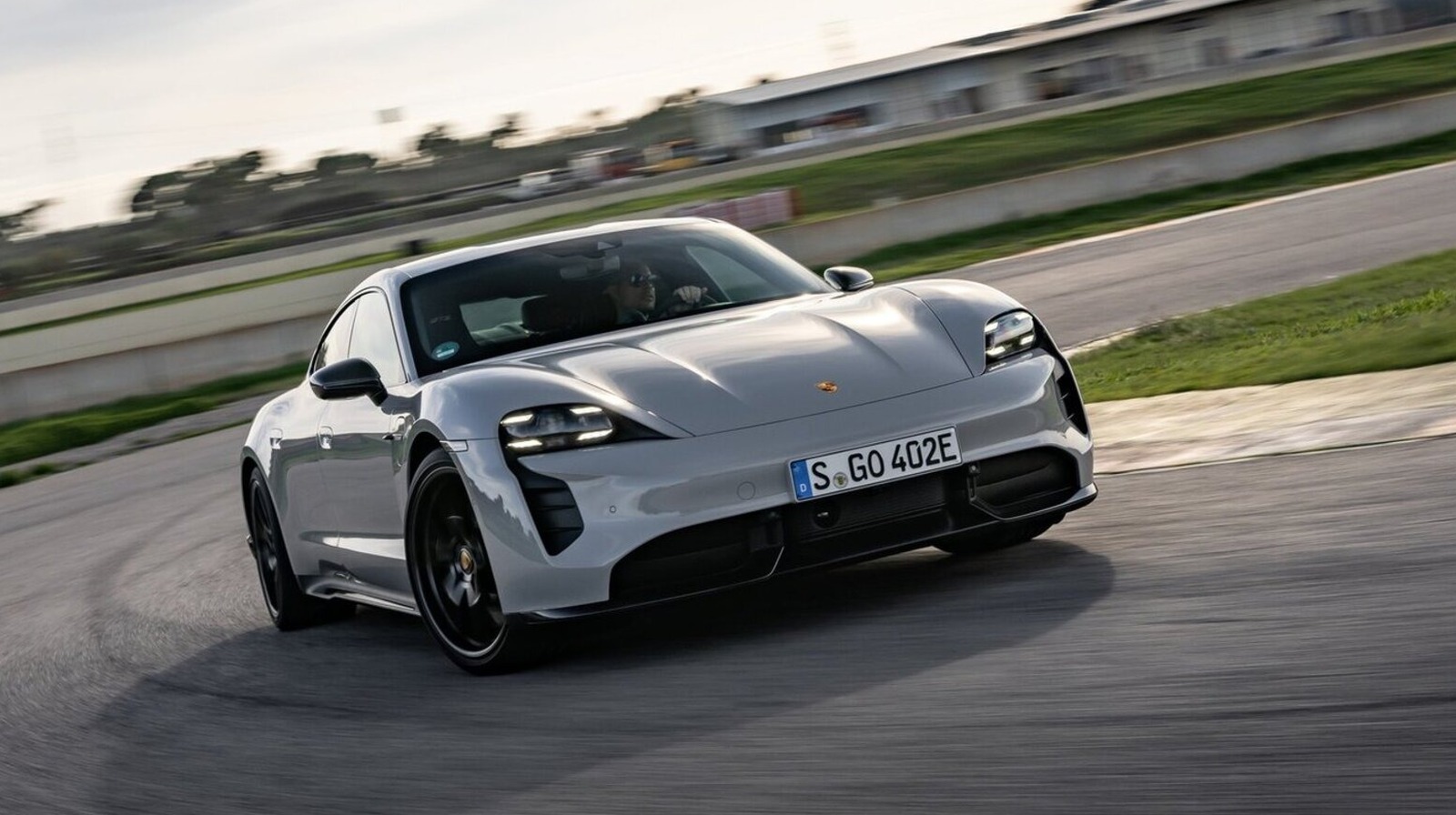
GR Corolla’s Price Plunge: The Reality of Rapid Depreciation in Hot Hatches
